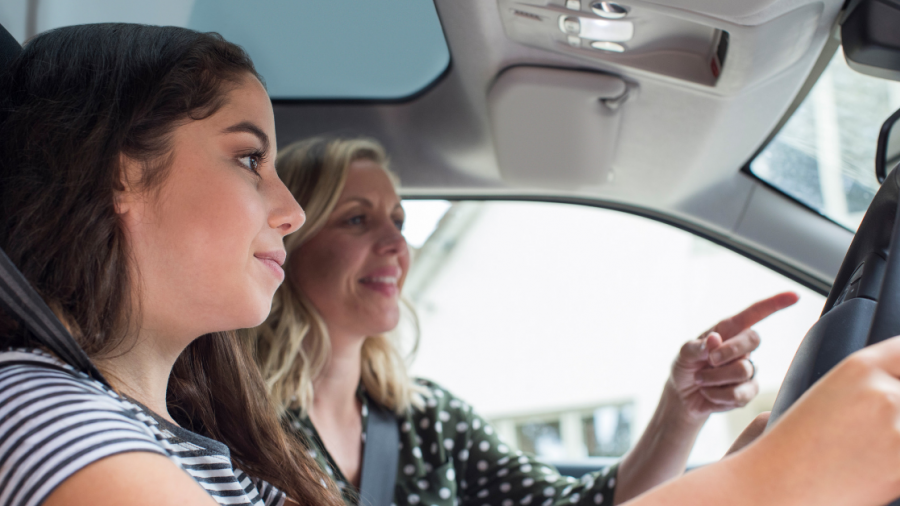Parents of older teenagers may relate to that feeling of trepidation as they drive alone for the first time on P plates. Unfortunately, young drivers are more likely to be in old cars. Four fifths of young people under 20 who died in a car crash were in vehicles that were more than 10 years old. Should we be putting young people behind the wheel of old cars?
The risks of old cars
The risk of anyone dying in a car crash quadruples in a vehicle 15 years plus compared to a car less than 5 years old. In fact, the average age of vehicles in Australia has remained steady since 2015 at 10.1 years. The state with the oldest cars is Tasmania (12.8 years) while the youngest cars are in both the Territories (9.4 years).
Australia is not the only country where novice drivers have old cars. Nearly half of teen drivers killed on US roads were driving cars 11 or more years old. Comparing teens with drivers 35-50, they were more likely to be driving a small car, less likely to be in a large pickup and their vehicles often lacked safety features, such as stability control and airbags.
Young people 17-25 are still dying on Australian roads but there is no clear trend. In the year to June 2019, 232 young people died, down 4.1% on the previous year. However, 2016 saw a low of 224 and 2017 a high of 258. In NSW, 29 young people died in the year to June 2019, compared to 36 in the year before.
ANCAP crash data
ANCAP (Australasian New Car Assessment Program) is the body responsible for assessing the safety of new vehicles. One of its studies showed a disproportionate number of deaths in older vehicles.
| Year built | % of all vehicles | % of deaths |
| Before 2001 | 20% | 36% |
| 2012-2017 | 31% | 12% |
Its crash test data also show a 2015 Toyota Corolla, with seven airbags, was considerably safer than the 1998 model. The 1998 model would most likely have killed its occupant. This is because old cars had stiff structures compared to modern vehicles, which are designed to crumple and protect the middle section between the front and rear windows.
Around 10 years ago, more vehicles incorporated stability control, to prevent skids, and side airbags. If young people are driving the average Australian car, it is too old to have these features.
Serious injuries have reduced
We know cars have become safer because the risk of serious injury has declined over 50 years. Back in 1969, the serious injury rate for every 100 drivers involved in crashes was 8.05. The rate steadily fell until 2014, the last year of the study, when it was 2.11 drivers.
So with cars becoming increasingly safe, it makes sense to try and put our young people in them.
Share the car with young people
Did you know young people with a car of their own have more risk of a crash than those who share the family car? This is because teens who share the car tend to talk about where they are going and how. Parents commonly buy cheaper, small cars for their offspring even though they tend to be less protective than heavier vehicles.
So share the family car if you can. Even so, we know from experience you may need to expect the occasional dent or ding in the side of it.


your opinion matters: